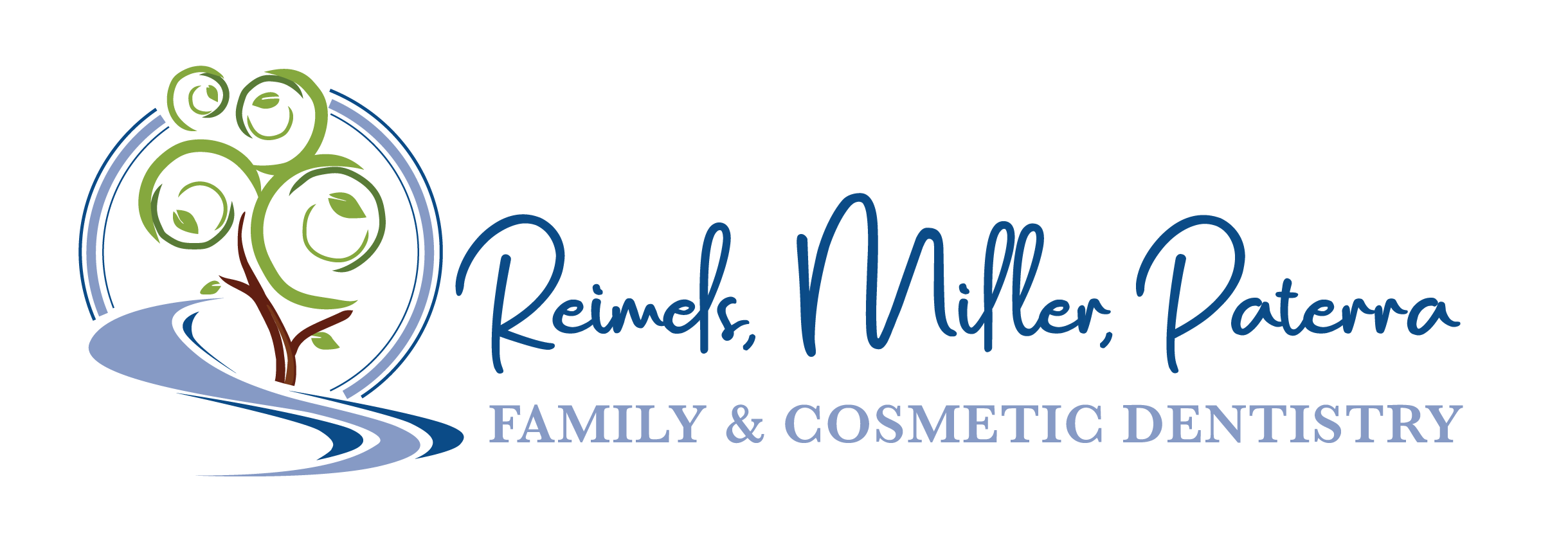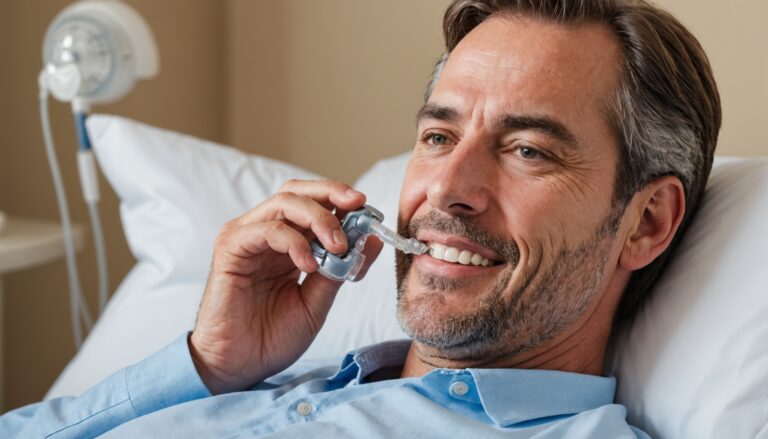Understanding Sleep Apnea
Definition and Symptoms
Sleep apnea is a serious sleep disorder characterized by repeated interruptions in breathing during sleep. The most common type, obstructive sleep apnea (OSA), occurs when the throat muscles relax excessively, causing a narrowed or closed airway that temporarily halts breathing. These interruptions can lead to frequent awakenings throughout the night due to a lack of oxygen, resulting in severe daytime fatigue, irritability, and difficulty concentrating [1].
Common symptoms of sleep apnea include:
- Loud snoring
- Gasping or choking during sleep
- Morning headaches
- Excessive daytime sleepiness
- Difficulty focusing or memory problems
Health Risks of Untreated Sleep Apnea
Leaving sleep apnea untreated can lead to severe health risks that may significantly affect your quality of life and overall well-being. Possible complications include:
| Health Risk | Description |
|---|---|
| Heart Disease | People with sleep apnea are at a greater risk for heart-related issues due to fluctuating oxygen levels. |
| Stroke | The condition can increase the likelihood of a stroke by affecting blood pressure and cardiovascular health. |
| Diabetes | Sleep apnea is linked to insulin resistance and an increased risk of developing type 2 diabetes. |
| Mood Disorders | Untreated sleep apnea can lead to quick-temperedness, mood changes, and even depression [1]. |
| Accidents | Severe daytime drowsiness can lead to a higher risk of motor vehicle and workplace accidents due to decreased alertness [1]. |
| Reduced Life Expectancy | Chronic untreated sleep apnea may shorten life expectancy due to its association with various health complications [3]. |
Given these potential risks, it is essential to seek timely treatment to manage sleep apnea effectively. Consider exploring options such as dental sleep apnea treatment or consult with a sleep apnea dentist for suitable therapies.
Treatment Options Overview
Non-Invasive Treatments
For those dealing with mild to moderate sleep apnea, various non-invasive treatments are available that can help alleviate symptoms without resorting to more invasive methods like CPAP machines. One of the primary non-invasive options is oral appliance therapy. These custom-made devices are designed to reposition the jaw and tongue to keep the airway open during sleep. Other treatments may include lifestyle changes, such as weight loss, positional therapy, and reducing alcohol consumption.
Table 1 below highlights some common non-invasive treatments for sleep apnea:
| Treatment Type | Description |
|---|---|
| Oral Appliance Therapy | Custom devices that keep the airway open |
| Positional Therapy | Changing sleep position to improve airflow |
| Weight Management | Losing weight can reduce obstructive symptoms |
| Alcohol Reduction | Limiting alcohol intake before bedtime |
For more detailed information on oral appliance therapy, refer to our section on oral appliance therapy for sleep apnea.
Importance of Seeking Treatment
Seeking treatment for sleep apnea is crucial, as untreated conditions can lead to severe health complications. Individuals with sleep apnea often experience disrupted sleep, resulting in daytime fatigue that can impair their performance in daily activities. Left unmanaged, sleep apnea can lead to increased risks of conditions such as cardiovascular disease, diabetes, and hypertension. According to the Cleveland Clinic, untreated sleep apnea complications may even reduce life expectancy.
Many people question the severity of their symptoms, which is measured by the apnea/hypopnea index (AHI). This metric determines sleep apnea severity by calculating the average hourly occurrences of apnea and hypopnea events. Consulting a healthcare provider for an accurate diagnosis and treatment plan is vital in preventing serious health risks.
If you suspect you have sleep apnea or are experiencing symptoms like loud snoring or excessive daytime sleepiness, don’t delay in seeking help. You can explore dental sleep apnea treatment options that are effective and tailored to your needs.
Oral Appliance Therapy Basics
How Oral Appliances Work
Oral appliances are specifically designed to aid individuals with mild to moderate obstructive sleep apnea (OSA) by keeping the airway open during sleep. These devices, including mandibular advancement devices (MADs) and tongue-stabilizing devices (TSDs), work by repositioning either the jaw or tongue, creating more space in the back of the throat which facilitates smoother airflow. This mechanism helps to mitigate sleep disruptions caused by blockage in the airway, allowing for improved breathing throughout the night.
| Type of Oral Appliance | Mechanism of Action |
|---|---|
| Mandibular Advancement Device (MAD) | Pulls the jaw forward to open the airway |
| Tongue-Stabilizing Device (TSD) | Holds the tongue in a forward position to prevent it from blocking the airway |
Custom-made oral appliances are typically the most reliable option for treatment, as they are tailored specifically to an individual’s dental structure. Research indicates that these devices yield better outcomes when compared to over-the-counter options.
Effectiveness of Oral Appliances
The effectiveness of oral appliances in treating sleep apnea can vary among individuals. Generally, these devices provide notable benefits, including improved sleep quality, reduced snoring, and significant alleviation of OSA symptoms. While many individuals experience complete relief from symptoms, others may find that they still need additional treatments [4].
| Treatment Type | Effectiveness |
|---|---|
| Custom-Made Oral Appliances | High effectiveness for many users |
| Over-the-Counter Oral Appliances | Varies, often less effective than custom options |
Oral appliance therapy is especially beneficial for patients who cannot tolerate continuous positive airway pressure (CPAP) machines, making it a viable alternative for managing sleep apnea symptoms. While CPAP machines are generally superior in enhancing airflow for OSA, oral appliances can significantly improve the quality of life for those who find CPAP intolerable [4].
Regular follow-ups with your dentist or sleep apnea specialist can help monitor the effectiveness of the treatment and ensure the appliance fits correctly. For more information on finding a specialist, consider visiting our page on sleep apnea dentist treatment.
Oral Appliance Therapy Benefits
Oral appliance therapy is a viable mild sleep apnea dental treatment option that can provide effective relief for those struggling with sleep apnea. Understanding the benefits of custom-made versus over-the-counter options, as well as the potential side effects and adjustment periods, can help you make an informed decision.
Custom-Made vs. Over-the-Counter
When considering oral appliances, it’s essential to differentiate between custom-made devices and over-the-counter options.
| Type of Appliance | Description | Effectiveness |
|---|---|---|
| Custom-Made | Tailored to fit your mouth based on a dentist’s assessment | Most effective for obstructive sleep apnea (OSA) |
| Over-the-Counter | Universal fit with no individual assessment | May provide some benefits but generally less effective than custom options |
Research shows that custom-made oral appliances are significantly more effective for managing obstructive sleep apnea compared to options available over the counter [4]. Custom devices are designed to fit snugly, providing both comfort and optimal airway alignment, which is crucial for effective treatment.
Over-the-counter appliances can sometimes work as a temporary solution, but for reliable results, a dentist-prescribed appliance tailored to your specific dental structure is recommended. For more information on tailored options, consider exploring our article on dental sleep apnea treatment.
Side Effects and Adjustment Period
Initially, most users will experience an adjustment period when starting treatment with oral appliances. It typically takes about two to four weeks to become accustomed to wearing the device. During this time, you may experience the following short-term side effects:
| Side Effect | Description |
|---|---|
| Discomfort | Some soreness or tightness in the gums and teeth |
| Excessive Salivation | Increased saliva production is common in the initial phase |
| Altered Bite | Your bite may feel different as you adjust to using the device |
These side effects usually improve over time as you adapt to wearing the appliance [4]. Long-term side effects with a properly fitted appliance are rare, although it’s crucial to schedule regular dental check-ups to monitor dental health and make any necessary adjustments.
By understanding the benefits of oral appliance therapy, including custom-made solutions and the typical adjustment experience, you can make informed decisions about your treatment options. For more information on transitioning from CPAP, check out our guide on alternative to cpap for sleep apnea.
Considerations for Oral Appliance Therapy
Patient Suitability
Not everyone is a candidate for oral appliance therapy. This dental treatment is primarily designed for individuals with mild to moderate obstructive sleep apnea (OSA) who are intolerant to continuous positive airway pressure (CPAP) machines. Patients with mild to moderate OSA often find oral appliances to be an effective alternative, as these devices help stabilize the mandible and prevent airway collapse during sleep [4].
Before pursuing oral appliance therapy, it’s important to assess your overall health, including factors such as your weight and lifestyle. Behavioral interventions and lifestyle modifications, such as weight loss and exercise, can also significantly improve symptoms for many individuals. Consulting with a healthcare professional who specializes in dental sleep medicine is advisable to determine the most suitable treatment plan tailored to your needs.
| Patient Type | Suitability |
|---|---|
| Mild to Moderate OSA | Ideal candidate for oral appliance therapy |
| CPAP Intolerance | Good alternative option |
| Additional Health Issues | Requires thorough evaluation |
Long-Term Monitoring and Care
Once you start using an oral appliance, ongoing monitoring and care are essential for ensuring optimal results. Initial adjustment periods typically last between two to four weeks, during which you may experience minor side effects while your body acclimates to the device. Common side effects include discomfort, jaw soreness, and dry mouth, but these generally diminish over time.
Regular follow-up appointments with your sleep apnea dentist are important to assess the effectiveness of the treatment and make any necessary adjustments. This monitoring allows your dentist to evaluate your progress, help maintain comfort, and make sure that the device is working effectively. Additionally, long-term use of the device may require adjustments to address any changes in your dental structure or symptoms.
If your oral appliance isn’t providing the expected relief after a reasonable adjustment period, it may be necessary to explore other options such as sleep apnea oral devices or revisit the use of CPAP. A proactive approach to your oral appliance therapy can significantly improve your quality of life, leading to better sleep and overall health.
Regular assessments and adjustments empower you to gain the most benefit from your chosen oral appliance therapy, and ensure you are on the right path toward managing your mild sleep apnea effectively.
Comparing Oral Appliance Therapy
When considering mild sleep apnea dental treatment options, it is essential to compare the effectiveness and practicality of oral appliances against the more traditional CPAP (Continuous Positive Airway Pressure) therapy.
Oral Appliances vs. CPAP
Oral appliances and CPAP devices serve the primary purpose of alleviating sleep apnea by maintaining an open airway during sleep. However, their methods and user experiences differ significantly.
| Feature | Oral Appliances | CPAP |
|---|---|---|
| Mechanism | Positions the jaw to keep airway open | Delivers continuous air pressure |
| Comfort | Generally more comfortable for users | May cause discomfort or irritation |
| Portability | Small and easy to carry | Bulkier, less portable |
| Noise | Quiet | Noise can be bothersome |
| Compliance Rate | Higher among users | Lower due to discomfort |
| Customization | Custom-made for individual fit | Standardized masks available |
Oral appliances, often referred to as a sleep apnea oral device, might be preferred by patients due to their less invasive nature and portability. Many adults find it easier to adhere to using an oral appliance as opposed to a CPAP machine that requires a mask and hose. For those seeking an alternative to CPAP for sleep apnea, these devices can be an effective solution.
Success Rate and Compliance Insights
The success rate of oral appliance therapy tends to be favorable, especially for those with mild to moderate sleep apnea. Research suggests that a significant number of users experience improved symptoms.
| Treatment Option | Success Rate* | Compliance Rate* |
|---|---|---|
| Oral Appliance Therapy | 60-80% | 70-90% |
| CPAP | 50-70% | 30-50% |
*Data derived from various studies on sleep apnea treatments.
Compliance is a critical factor in any treatment’s effectiveness. Oral appliance therapy has shown higher compliance rates as it tends to be more comfortable and user-friendly compared to CPAP. For some individuals who are intolerant to CPAP, the oral appliance instead of CPAP becomes a viable option worth exploring.
When exploring these treatment options, you should consult with a sleep apnea dentist familiar with the various solutions available and knowledgeable about which option may be best for your unique situation.








